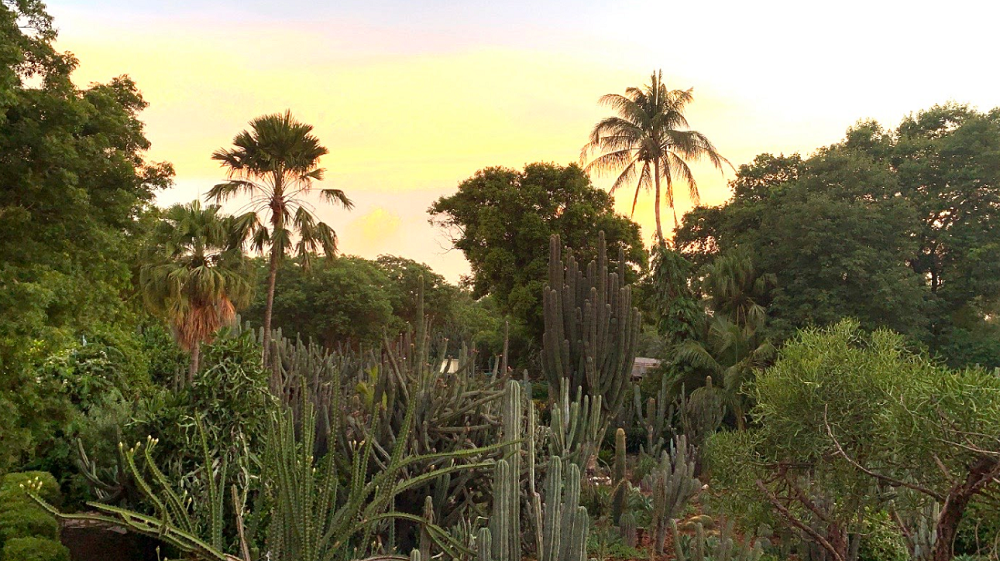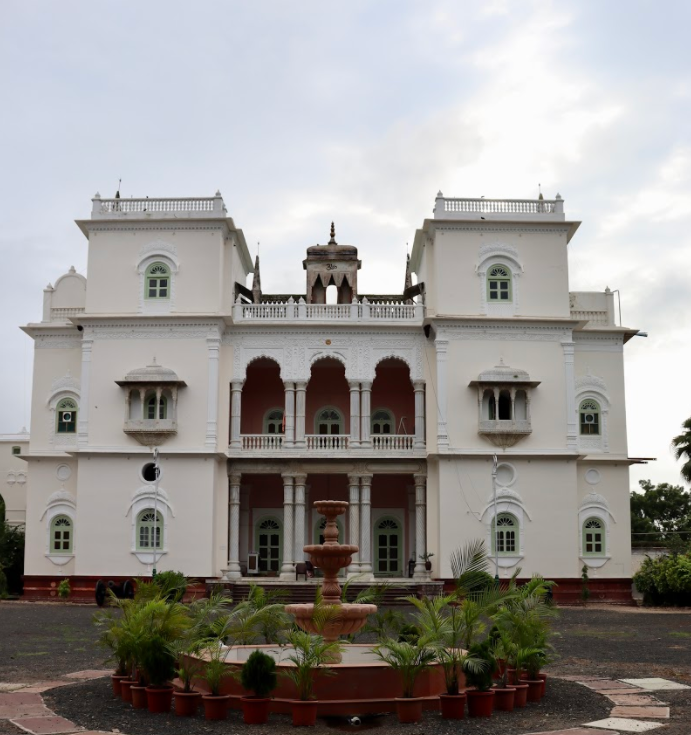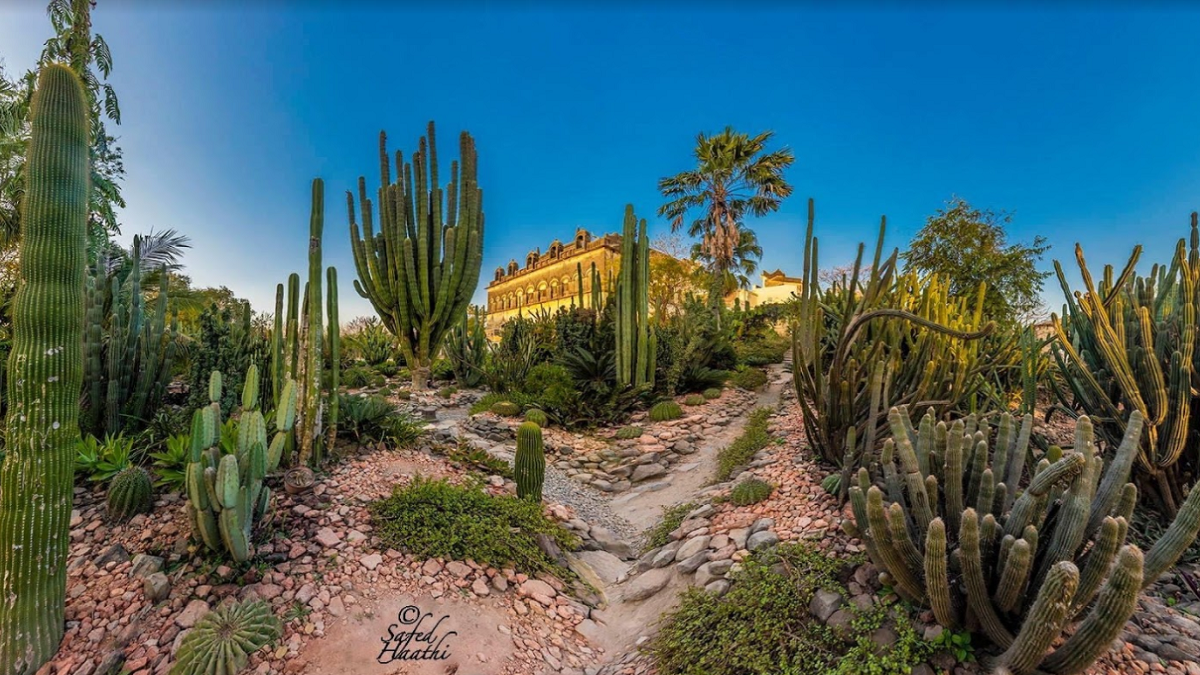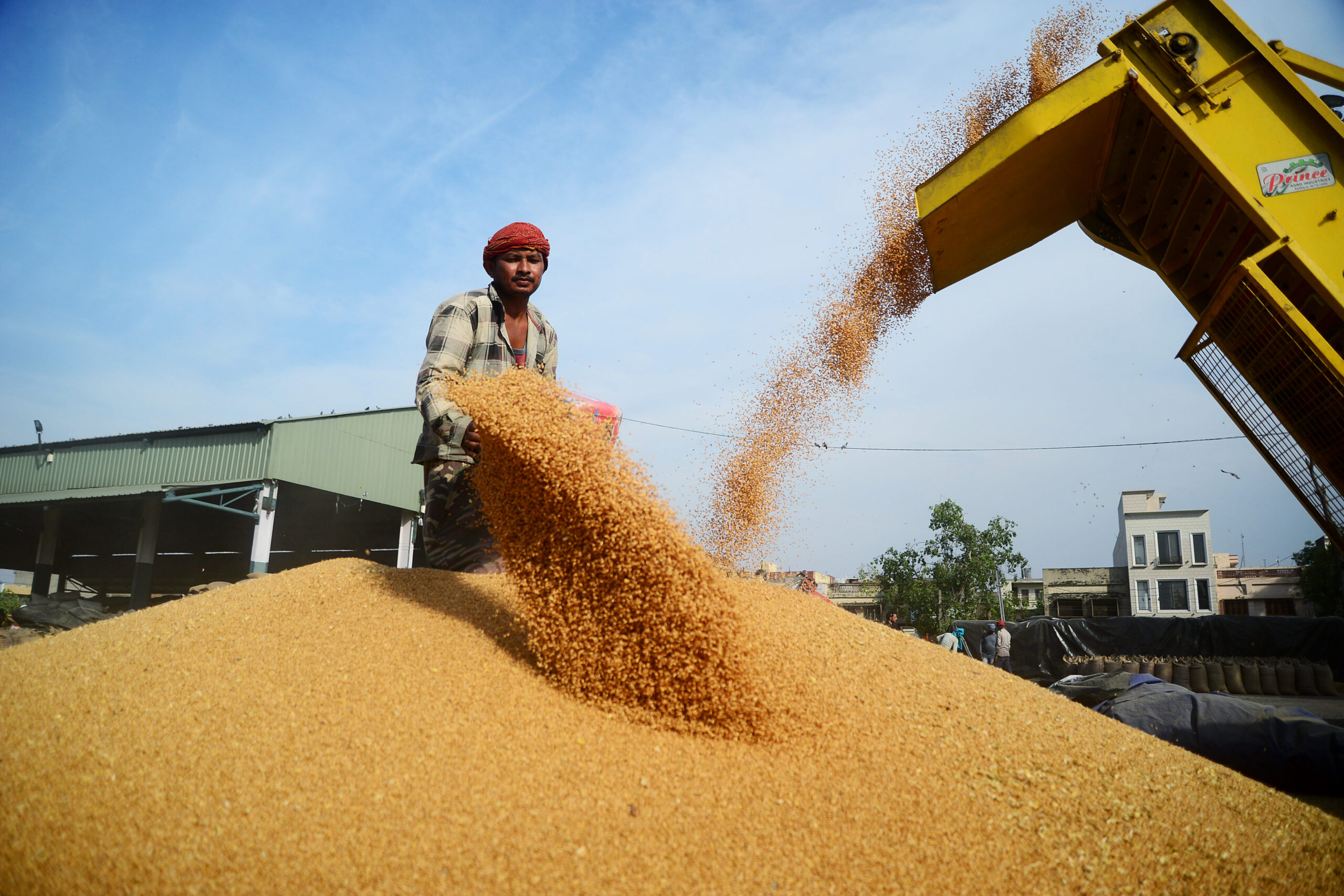Upon entering, the first thing one is mesmerised by is the unique Sailana Palace. The splendid structure with ornate marble jharoka’s, giant pillars, millennial pink veranda’s and Neo-mint green doors is a millennial instagrammer’s oasis. But a short walk past the royal residence and down a flight of stairs gives the first indication that there is something unusual about the place. Behind the palace is a world apart: Hundreds of varieties of prodigious, prickly and pleasing cacti.
The celebrated cactus garden is a result of 40 years of love and diligent work by my grandfather in law, the late Raja Digvijay Singhji of Sailana. He began planning and working on the garden in 1950 and continued to care for it until his death in 1990. Today the garden, which is the oldest in Asia, has charmed visitors from across the world for decades.

My grandfather-in-law is fondly remembered by his family as someone who was a singularly gifted creative, cook and cacti cultivator. He was a practised painter, who was taught by renowned Bengal artists B.C. Gue in Mayo College and Ranada Ukil in Benaras University. He carried on the legacy of cooking left behind by his father late Raja Dilip Singhji, developing plenty of unique recipes in the kitchens of Sailana and later writing the acclaimed cookbook Cooking Delights of the Maharajas. Finally, he was an expert on plants and was a celebrated collector of cacti and roses.


The cactus garden was planned on what was previously a tennis court and the grounds around it. These areas were landscaped into raised beds to bring in the desert-dwelling inhabitants from India as well as overseas. The low maintenance plants flourished exceedingly well in the Malwa plateau’s perfect black clay soil and many gradually grew to their full glory of 15-25 feet.

All sorts of otherworldly obtrusions, from monstrous pachycereus and sky-high saguaros to spiny, snake-like vines and big, blooming barrels, were curated into the space. During its peak, the garden had around 1,500 varieties of cactus and succulents, which is nearly half of the total number of species that exist.
The dedication by my grandfather-in-law to cultivate his backyard into such a peculiar garden soon became a way for him to share his passion with the rest of the world and opened the garden to the public in the late 1970s. While he had seen these prickly plants’ cool charm way before today’s lifestyle bloggers, back in the day it was unheard of to keep a cactus plant — let alone a collection — due to the negative beliefs that surrounded it.
Hence the garden attracted hordes of visitors keen to see this one-of-a-kind space. A number of famous visitors included Indira Gandhi and Salim Ali. In 1984, it even featured in the film Jeene Nahi Doonga (1984) starring Dharmendra and Shatrugan Sinha. Soon it put the secluded and sleepy town of Sailana on the map, providing essential tourism to the Malwa region of Madhya Pradesh.
But my grandfather-in-law began the cactus garden as a simple hobby and found happiness in something that enriched his life without any expectation of profiting from it. In doing so he left a unique legacy behind that his family carries forward today.
Jayathmika Lakshmi is the princess of Mysore and a graduate from the London School of Fashion.







